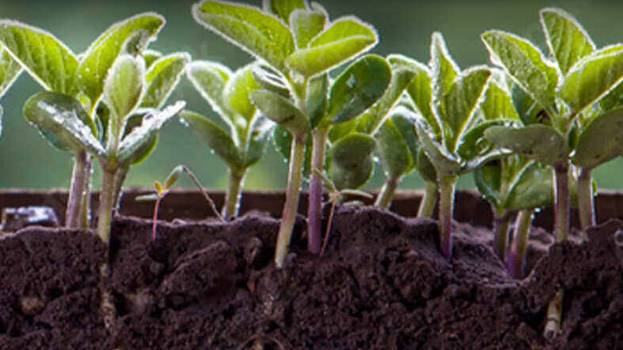AMVAC’s Bob Trogele Interviews Pacific Agriscience’s CS Liew About Current and Future M&A Activity
Welcome to AgriBusiness Global Report, a show that brings you executives interviewing executives or experts working in the agrochemical, biological, and plant health industries. In this show, Bob Trogele, Chief Operating Officer of AMVAC Corporation interviews CS Liew, Managing Director of Pacific Agriscience. They’ll discuss mergers and acquisitions in agriculture for the next two years.
If you have trouble viewing the video, please click here.
*This is a partial and edited transcript.
Bob Trogele: What do you see going forward from today on the agriculture inputs M&A market in the next 24 months?
CS Liew: Activities have slowed down a bit over the last year or so. It’s not only because of higher interest rates, higher cost of money, but also valuations.
The war in Ukraine raised prices of ag inputs, like fertilizers, as well as food itself. Also, the geopolitical rivalries caused commodity prices to go up, like pesticides, going to the U.S. from China.
These are disruptions having an impact on the minds of company owners that want to sell. Company owners think it’s a golden opportunity to get valuations up because of all these surging prices of inputs and commodities.
These exuberant expectations of the company owners are slowing down M&A activities. They want very high valuations. I often tell them to temper down. While there are lots of opportunities out there for M&A, if valuations are well beyond what buyers and acquirers are aiming for, then it’s not going to close the deal. So not only interest rates, but also too high valuations that is prevailing in the market.
BT: What other concerns do you see?
CSL: Another area that I want to bring to your attention is there’s a lot of focus on market access.
There are many more companies, for example in India, that in the last 24 to 36 months that are obtaining or issued licenses to start producing technical grade pesticides. In India, going back 10 years ago, there was only about 30 or 50 companies that produced technical grade pesticides. In the last two or three years, many more licenses have been issued, so many formulators are now moving into producing technical grade pesticides.
Competition in India, competition in China, and competition with each other has already been very intense in the past, but going forward, it is going to get even more intense. Companies are fighting over a market that is growing by only 2% or 3% compounded annual growth rate (CAGR). I’m talking specifically about the chemical pesticide segment, and not the biorationals. The biorationals are growing by double digit CAGR.
So there’s going to be more intense competition, and therefore everybody is knocking on the doors of the same distributors around the globe.
I said to all my associates who are producing technical grade pesticides that I think they’ve got to start focusing on taking a stake in some of these major distributors around the world. Then they’ll have more say as to where they buy their products from if they are a shareholder.
Certainly, there will be more M&A activities in terms of gaining market access. But not at the very high level R&D majors, because there’s no room there for M&A without running into major anti-trust issues pertaining to the Big Six. The activity is all going to happen one layer down, with companies like AMVAC and ADAMA, which are pretty active in terms of M&A. Also, companies like Brandt in Illinois, which focus on crop nutrition. All of these companies are pretty aggressive in terms of making acquisitions. They’re looking at companies with technologies in the biorational space and for market access.
I just helped to close the deal last December between ADAMA in Beijing and GrowChem in New Zealand. Basically, it was for market access, because New Zealand’s GrowChem has a very good network of distributors in the horticultural sector, which is the more lucrative sector of the agricultural inputs market.
There will be a lot of activity still going forward, but mostly at that second tier, or maybe even the third tier and mostly for market access.






